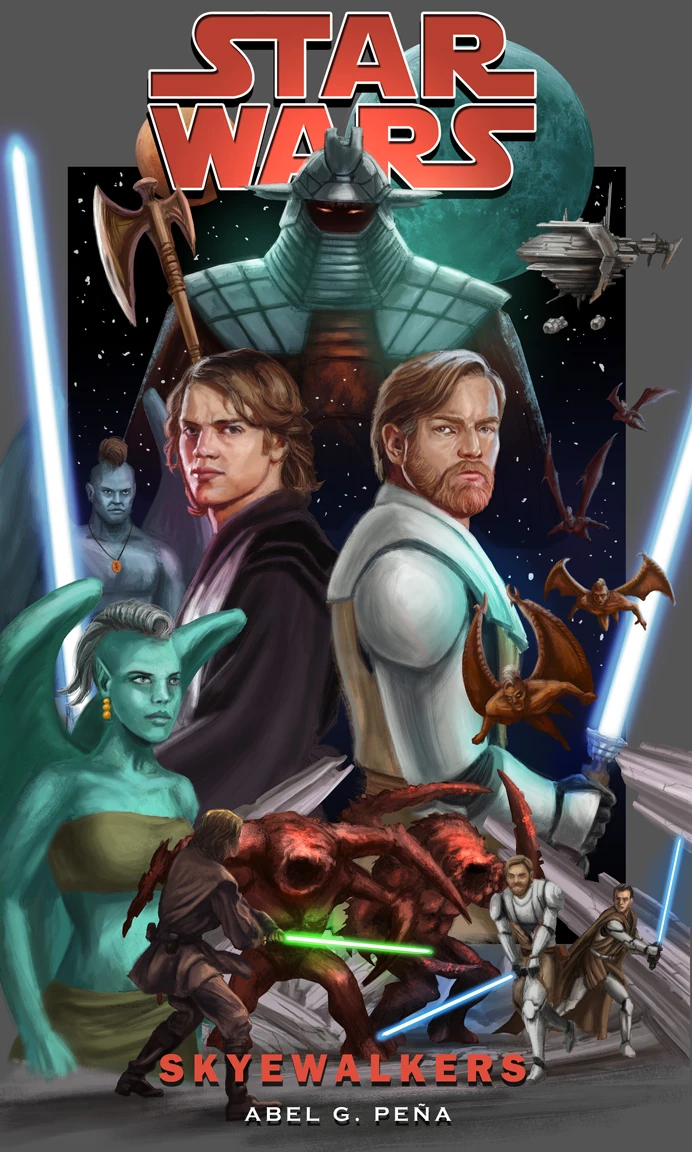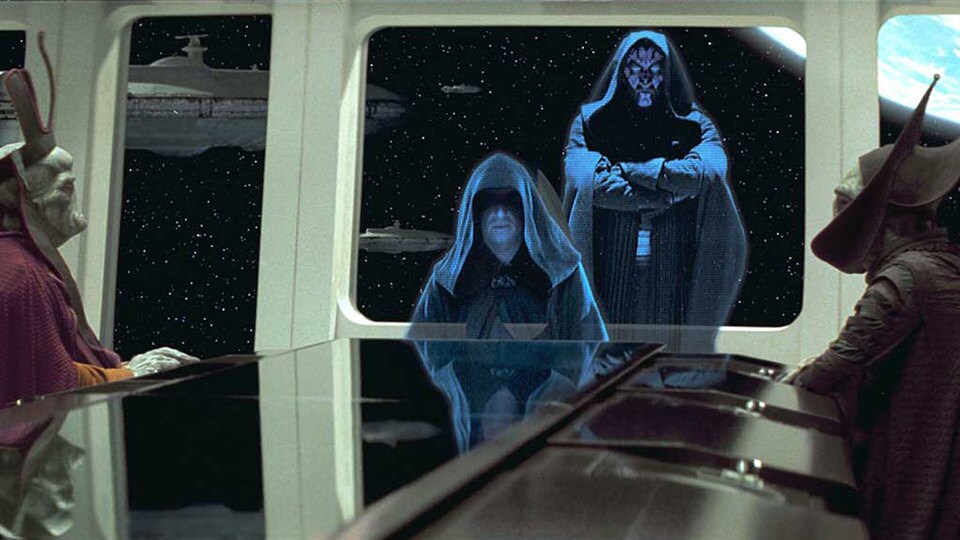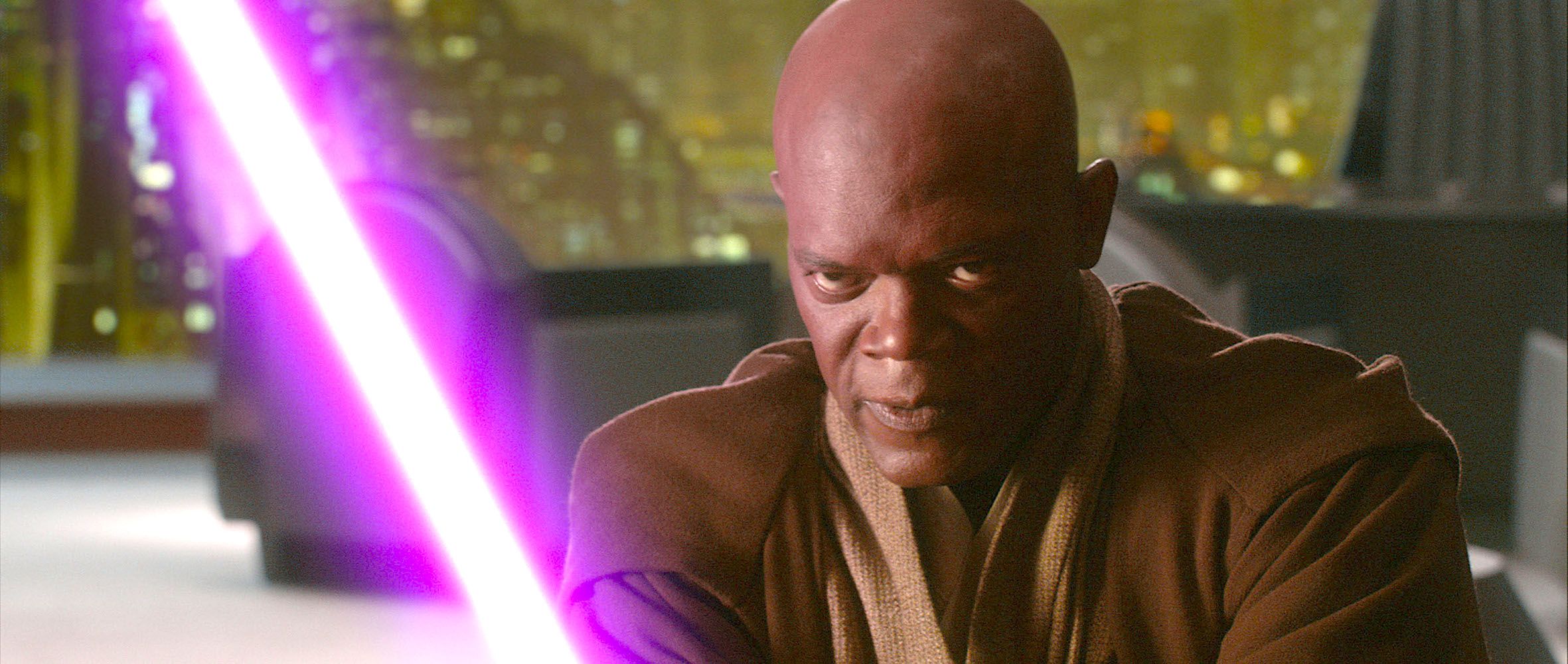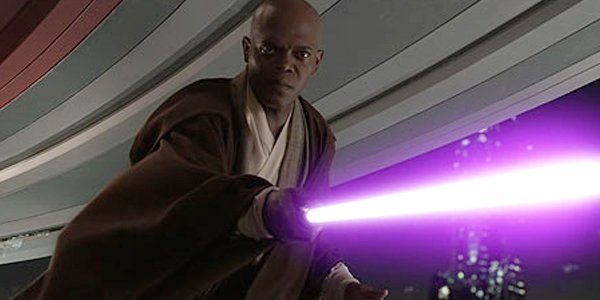Welcome back!
You hung in there, FOUR AND A HALF whole years of Disney Star Wars! We’re about
to have Episode IX dropped on us, then END OF THE SAGA. (Does anyone even
understand Roman numerals anymore?) What are you doing reading the footnotes
for a LEGENDS story, anyway?!? You, my friend, are clearly a Star Wars
SUPERFAN.
Well, first, you
should get yourself immediately acquainted with my Star Wars magnum opus SkyeWalkers:
A Clone Wars Story. Then, while your facial orifice is salivating for
more, you should check out Part
1 and Part
2 of this series.
To recap, this is a series of “endnotes” that actually began
their lives as footnotes, specifically, the editorial footnotes I included with
the original submission of SkyeWalkers
to Lucasfilm during the approvals process of the project. The tenor of these
notes is generally one of, “Hey, buddy! This is something that may be setting
off your Spidey-sense (or otherwise should!),
but please don’t trip! There’s a really good reason why this is here!” It was a
practice pioneered by the legendary Star Wars trendsetters at West End Games
and which was passed on to me by the likes of that ace, my pal and mentor,
Daniel Wallace.
Hence, I present
you with the coup de grâce among SkyeWalkers
footnotes, which is as long alone as any of the previous collections of
20-odd footnotes combined! This one,
this ronto-sized mofo, which I refer to as “The Darth Maul Annotation” has as
its goal the seemingly laughably simple objective: to justify a direct
reference to the name of the Sith Lord in the novella. This is due to the fact
that, despite being the principle
antagonist of Episode I: The Phantom
Menace—Darth Maul’s name is never
mentioned around any of the film’s protagonists. That’s right: none of the good
guys ever hear his name. This thus led to a confusing practice in Star Wars literature with many stories
awkwardly referring to Darth Maul as “the mysterious dark warrior”—or something
equally cumbersome—while direct references to his name slipped through in other
stories, seemingly arbitrarily.
So I wrote Lucasfilm
a short essay disguised as a footnote to clarify it all.
The geek flag flies high on this one—which is maybe why SkyeWalkers took so long to be published. But that’s why you’re
here, isn’t it, superfan?
39 (page 74) … Padmé’s advisors had revealed overhearing the Trade Federation Viceroy refer to Qui-Gon’s murderer as Darth Maul: “Some sources suggest that Darth Maul’s identity was perhaps unknown after the Battle of Naboo: in the novel Jedi Quest, pg. 36, Anakin faces a phantom-Maul in the caves of Ilum and refers to the apparition only as ‘Qui-Gon’s murderer,’ and in the Essential Guide to the Force, pg. 29, a report filed by Obi-Wan five days after the Battle of Naboo never refers to Darth Maul by name but instead as the ‘dark warrior.’ However, because Maul’s name is repeatedly referenced by characters in several other prequel-era sources (most recently by Obi-Wan himself in the Clone Wars TV episode ‘Monster’), it’s more reasonable to assume that the name ‘Darth Maul’ wasn’t totally unknown among the Jedi but instead unconfirmed.
For example, in the earliest example of a character having knowledge of the name, on pages 108 and 109 of the first-person novel Episode I Journal: Queen Amidala, Padmé twice refers to Darth Maul directly by name: ‘Qui-Gon is dead. He died bravely. Of course he died bravely. Obi-Wan told me the details. How they fought Darth Maul down into the bowels of the power generator next door to the hanger. How Qui-Gon came back again and again to strike the dark warrior. But it was Qui-Gon who took the killing blow. It was left to Obi-Wan to kill Darth Maul.’ The novel Rogue Planet also suggests that Obi-Wan knows Darth Maul’s identity, stating, on pg. 225, ‘Obi-Wan had seen his Master impaled on the glowing, singing lightsaber of Darth Maul.’ In the post-Revenge of the Sith novels Last of the Jedi: Death on Naboo and Last of the Jedi: Return of the Dark Side, the former Jedi Padawan Ferus Olin also knows Maul’s identity. While in the Theed Generator Complex in Death on Naboo, pg. 123, Ferus states, ‘It was here … This is the place Obi-Wan fought Darth Maul to the death,’ and Return of the Dark Side, pg. 65, states, ‘[Ferus] had assumed Vader had sprung up from nowhere because Palpatine wanted it that way. He had assumed that Vader had been like Darth Maul, an apprentice trained and kept concealed until he was needed.’ The comic Purge, which takes place shortly after Revenge of the Sith, also has the Jedi Shadday Potkin mention Maul by name in relation to both the Sith generally and Darth Vader specifically: ‘Death walking. Palpatine’s mailed fist, Dooku’s successor, Maul’s inheritor, the new Sith – Darth Vader.’ Finally, on page 211 of the post-The Phantom Menace novel Outbound Flight, Palpatine’s advisor Kinman Doriana also demonstrates familiarity with the name Darth Maul.
Given
these numerous discrepancies, I suggest this simple and most logical
explanation: Ferus learned Maul’s name from Obi-Wan in the initial Last of the Jedi books (wherein they had
frequent interaction), Obi-Wan learned the name from Padmé (possibly only after writing the report in The Essential Guide to the Force), and
Padmé learned Maul’s name from her royal advisors, such as Sio Bibble. Bibble
and the other advisors were likely to have heard Maul’s name for two reasons.
First, they were in close proximity to Trade Federation Viceroy Nute Gunray,
who himself knew Darth Maul’s name (Sidious: ‘This is my apprentice, Darth Maul.
He will find your lost ship.’) and liked to gloat. Bibble and the others were,
therefore, likely to have heard Maul’s name either indirectly while Gunray
gloated, or even directly. This leads to the second reason: in The Phantom Menace, Sio Bibble, in
hologram form, sends a message to Amidala telling her of the catastrophic death
toll the Trade Federation invasion has yielded and beseeching her to contact
him. The very next scene, in which Darth Maul tells Sidious he’s traced Amidala
to Tatooine, leads us to conclude that Maul (or Gunray) used Bibble to forge
the trace. As such, it’s completely plausible Bibble learned Maul’s name while
being coerced to send Amidala this message.[***]
Hence,
even if the Jedi associate the name ‘Darth Maul’ with the ‘dark warrior’
Obi-Wan killed, the name ultimately comes from an unreliable source—Nute Gunray
or the Sith. Since no one can truly corroborate whether the name ‘Darth Maul’
is legitimate, the name remains in circulation but is essentially hearsay.” ~
Abel G. Peña
[***A footnote to my footnote: not even I had the balls to mention that the idea for this Star Wars version of the telephone game has its origins in 10-odd years of meditating on copy from the Star Wars: Episode I Collector’s Edition 20-Month Calendar, specifically from the month of November. It is here that the first explanation for how Darth Sidious tracked down Padmé and her Jedi rescuers in The Phantom Menace was posited: “With the help of the Jedi, Queen Amidala, her handmaidens and key advisors have escaped their Trade Federation captors and managed to board the Royal Starship, her personal vehicle. Through skillful piloting they evade the massive blockading and invading Trade Federation fleet but the ship is heavily damaged in the battle. Consulting with the Jedi and her advisors, the Queen agrees that they should travel to the nearby planet of Tatooine to make repairs. They will then proceed to the planet Coruscant, their ultimate destination, to ask the Galactic Senate for help in stopping the invasion. From the ship, she communicates with Senator Palpatine, Naboo’s Senate representative, informing him of the invasion and their itinerary.” This implies that, very reasonably, Padmé basically ratted herself out to Darth Sidious! But the fragile legitimacy of lore found in a wall calendar being what it was under Lucasfilm’s traditional continuity standards, I remained aware—aided by some of the earliest discussions within the Star Wars Fanboy Association—that the most logical alternative to assume was that Padmé’s advisor Sio Bibble (with whom we see her communicate in the film while en route to Tatooine) was instead the likely source of Darth Sidious’ awareness, whether by coercion or as an outright spy. So this laid the foundation in my mind a decade later for the chain of causality that could serve as justification for knowledge of Darth Maul’s name among the Jedi. (It's possible James Luceno's novel Darth Plagueis suggested yet another explanation, but that was published after I submitted SkyeWalkers to Lucasfilm.—ed.]










